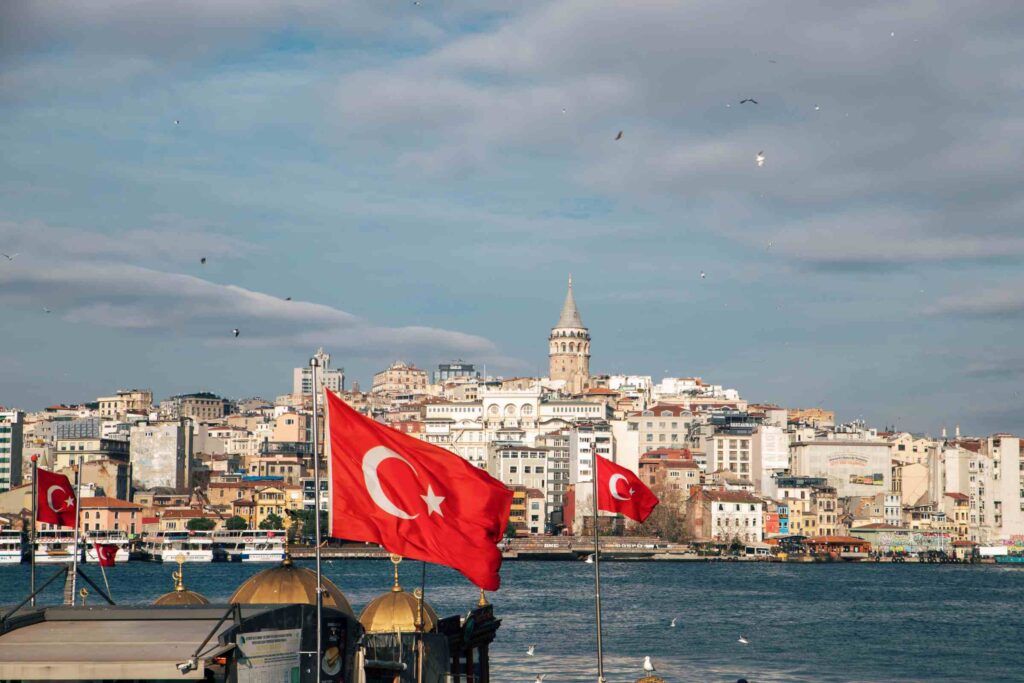Understanding Rhabdomyosarcoma: A Rare Yet Serious Cancer
Rhabdomyosarcoma (RMS) is a rare and aggressive type of soft tissue sarcoma that develops in skeletal muscle cells. It predominantly affects children and adolescents, but in rare cases, it can also occur in adults. This malignancy can appear in various parts of the body, including the head, neck, bladder, reproductive organs, arms, and legs.
Due to its rarity, awareness and early diagnosis are crucial for effective treatment. In this article, we will explore the historical background, global statistics, causes, symptoms, diagnostic methods, treatment options, prognosis, and preventive measures related to rhabdomyosarcoma.
Historical Overview of Rhabdomyosarcoma
The first medical description of rhabdomyosarcoma dates back to the 19th century. However, it was in the 1940s that it was recognized as a distinct type of sarcoma. Over the years, advances in pathology, molecular biology, and imaging techniques have improved our understanding of the disease.
In the 1970s and 1980s, clinical trials by groups such as the Intergroup Rhabdomyosarcoma Study (IRS) led to the development of standardized treatment protocols. These breakthroughs significantly increased survival rates, especially among children. Today, ongoing research continues to refine therapies to improve patient outcomes.
Current Global Statistics on Rhabdomyosarcoma
- RMS accounts for approximately 3-5% of all childhood cancers.
- It is the most common soft tissue sarcoma in children under 15.
- The annual incidence rate is estimated at 4.5 cases per million children.
- In the United States, around 400-500 new cases are diagnosed each year.
- The disease has a slightly higher prevalence in males than females.
- In high-income countries, the 5-year survival rate for localized RMS is 70-80%, while metastatic cases have a much lower survival rate of 20-30%.
While RMS is rare in adults, when it does occur, it tends to have a worse prognosis due to late diagnosis and limited treatment options.
Causes and Risk Factors
The exact cause of rhabdomyosarcoma remains unknown, but researchers believe that genetic mutations play a significant role in its development. Several factors may increase the risk:
Genetic Factors
- Familial cancer syndromes: RMS is more common in individuals with inherited conditions such as Li-Fraumeni syndrome, Costello syndrome, and neurofibromatosis type 1.
- Chromosomal abnormalities: Certain genetic mutations, particularly in the PAX3-FOXO1 and PAX7-FOXO1 fusion genes, are associated with the alveolar subtype of RMS.
Environmental and External Factors
- Exposure to radiation: Prior radiation therapy for other cancers may increase the risk.
- Parental smoking and chemical exposure: Some studies suggest a possible link between parental exposure to harmful chemicals and increased RMS risk, though this is not definitively proven.
Common Symptoms of Rhabdomyosarcoma
Symptoms vary depending on the tumor’s location and size. The most frequently reported symptoms include:
- Head and neck tumors: Swelling, eye bulging (proptosis), nasal congestion, or difficulty swallowing.
- Urinary and reproductive tract tumors: Blood in urine, pain, or difficulty urinating.
- Extremity tumors: A firm, painless lump in the arms or legs.
- Abdominal and pelvic tumors: Pain, swelling, constipation, or vomiting.
Since RMS can develop in multiple areas of the body, early detection is crucial for timely treatment.
How is Rhabdomyosarcoma Diagnosed?
The diagnosis of rhabdomyosarcoma requires a combination of imaging, biopsy, and laboratory tests:
- Physical Examination – A doctor evaluates symptoms and conducts a physical checkup.
- Imaging Tests:
- MRI & CT Scans: Provide detailed images of soft tissues.
- PET Scan: Helps determine if cancer has spread.
- Ultrasound: Often used for detecting tumors in soft tissue areas.
- Biopsy – A tissue sample is analyzed to confirm the diagnosis.
- Genetic Testing – Identifies specific mutations that guide treatment choices.
- Bone Marrow Aspiration – Checks for metastasis to the bone marrow.
Treatment Options for Rhabdomyosarcoma
The treatment of RMS depends on factors such as the tumor type, size, location, stage, and the patient’s overall health. The primary treatment options include:
1. Surgery
Whenever feasible, surgeons aim to remove the tumor completely. However, in some cases, the tumor may be in a location where complete removal could cause severe damage to vital structures.
2. Chemotherapy
Chemotherapy is an essential part of treatment, often used before or after surgery to eliminate remaining cancer cells. Common drugs used include:
- Vincristine
- Actinomycin D
- Cyclophosphamide
- Ifosfamide
- Etoposide
3. Radiation Therapy
Radiation therapy is used when surgical removal is incomplete or if the tumor is inoperable. Advanced techniques like proton therapy can minimize damage to surrounding healthy tissues.
4. Targeted Therapy and Immunotherapy (Emerging Treatments)
Research is exploring targeted therapies that block specific molecular pathways responsible for tumor growth. Immunotherapy, which enhances the body’s immune response against cancer cells, is also under investigation.
Prognosis and Survival Rates
The prognosis for rhabdomyosarcoma depends on several factors:
- Tumor Location: Head, neck, and extremity tumors often respond better to treatment.
- Stage of Diagnosis: Early-stage RMS has significantly better outcomes than metastatic cases.
- Histological Subtype: Embryonal RMS has a better prognosis than alveolar RMS.
- Response to Treatment: Patients who achieve complete remission after initial therapy have a higher chance of long-term survival.
For localized rhabdomyosarcoma, the 5-year survival rate is 70-80%, whereas for metastatic cases, it drops to around 20-30%.
Can Rhabdomyosarcoma Be Prevented?
Since the exact cause is unknown, there are no guaranteed prevention strategies. However, reducing exposure to known risk factors may help:
- Genetic counseling: Families with a history of cancer syndromes should consider genetic testing.
- Avoid harmful chemical exposure: Pregnant women should minimize contact with hazardous substances.
- Radiation safety: Patients receiving radiation therapy should be monitored for long-term effects.


